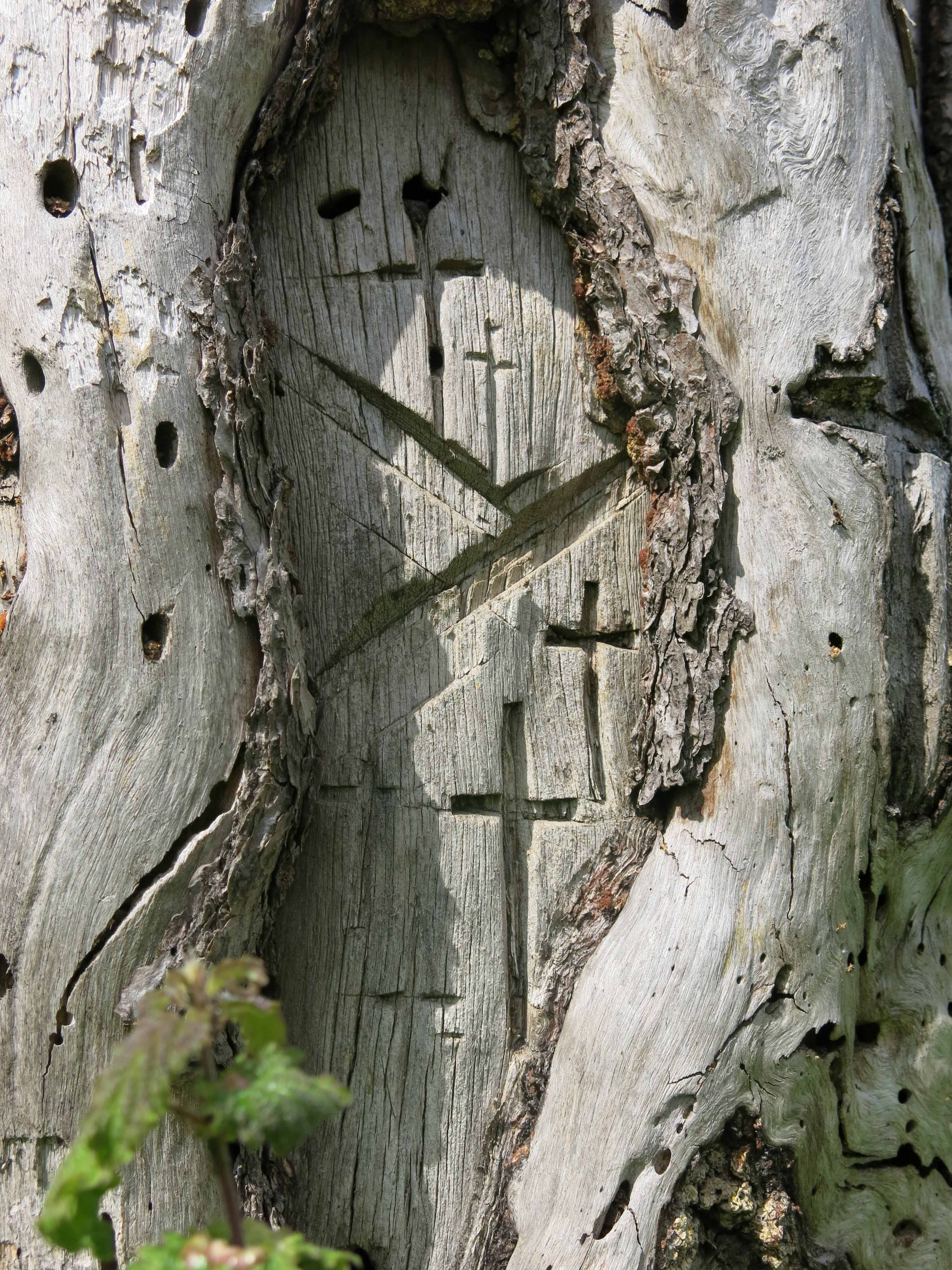The spiritual heritage associated with a place gives special significance to a sacred natural site

Sacred natural sites are natural sites associated with folk ritual activities that can be carriers of local identity. The spiritual heritage associated with a place gives special significance and value to a sacred natural site. Although the sacred sites were created centuries ago, the values associated with them are still important today. The World Congress of the International Union for Conservation of Nature (IUCN) also named the sacred natural sites of indigenous peoples the oldest protected areas of mankind.
The Heritage Conservation Act stipulates that a historical natural sacred site is a thing or an area without significant human impact and characterised by folk tradition, which is associated with sacrifice, worship, healing, or religious and ritual activity. All monuments under state protection are entered in the national register of cultural monuments.
There are about 3,000 sacred natural sites in Estonia [1]. The Ministry of Culture has issued the document ‘Eesti looduslikud pühapaigad. Uurimine ja hoidmine. Arengukava 2015–2020’ (Estonian sacred natural sites. Research and protection. Development Plan 2015–2020), which the Ministry of the Environment and sectoral partner organisations helped to prepare.
Based on their appearance, sacred natural sites can be divided into monument sets (grove-like sacred sites) and individual monuments, such as individual sacred trees, rocks, springs. They can also be grouped according to other characteristics, such as user population (communal sacred sites – sacred groves, healing sites, cross trees; familial sacred sites – sacred rocks, trees, places of sacrifice), time of use, manner of use, or location [2].
It is estimated that there are more than 800 sacred groves in Estonia [3]. Of trees, oaks, pines, and lindens have most often been considered sacred. The cross trees are also sacred; according to the customs of Southern Estonia, a cross was cut into the tree when riding to the cemetery with the deceased. It was believed that the soul of the deceased remained tied to the tree. Cross trees were not to be cut down and nothing could be picked from the cross forest.
Rocks can also be sacred – people went to pray by them and brought gifts. There are about 500 sacred stones known in Estonia [2].
Sacred waters could be sea areas, lakes, rivers, streams, but most often springs. The springs were primarily used to heal and refresh the soul. Water from sacred springs is often taken home for healing and drinking when it is certain that it comes from a clean body of water. Coins were thrown or scraps were scraped from silverware into the spring [2]. There are 110 springs under heritage conservation, mostly as sacrificial springs [4].
The most famous sacred sites in Estonia are Taevaskoda in Põlva County, Panga cliff in Saare County, Lake Pühajärv in Valga County, Kuremäe and Ebavere sacred grove hills in Viru County, and the Tamme-Lauri oak in Võru County [5].
There are many customs associated with sacred natural sites: sanctification, reverence, praying, bringing of gifts, healing, asking for counsel, dancing, singing, playing, swinging, and making a fire. An integral part of a sacred site is the tradition, knowledge, beliefs, and customs associated with that particular place.
Information on sacred sites located in your hometown or further away can be found in the database of sacred natural sites. It contains information about sacred groves, sacred rocks, trees, water bodies, and other historical sacred natural sites.
Text: Expert Council on Historic Sacred Natural Sites
Last modified: 30.11.2021
__________________________________________________
[1] Muinsuskaitseameti veebileht: https://www.muinsuskaitseamet.ee/et/ajaloolised-ja-looduslikud-puhapaigad
[2] Maailma kaitsealade komisjon. Looduslikud pühapaigad. Juhend kaitsealade valitsejatele. Kaitsealade hea tava suunised nr 16. IUCN. https://www.maavald.ee/failid/IUCN_SNS_Estonia.pdf
[3] http://hiiepaik.ee/loe/kkk/